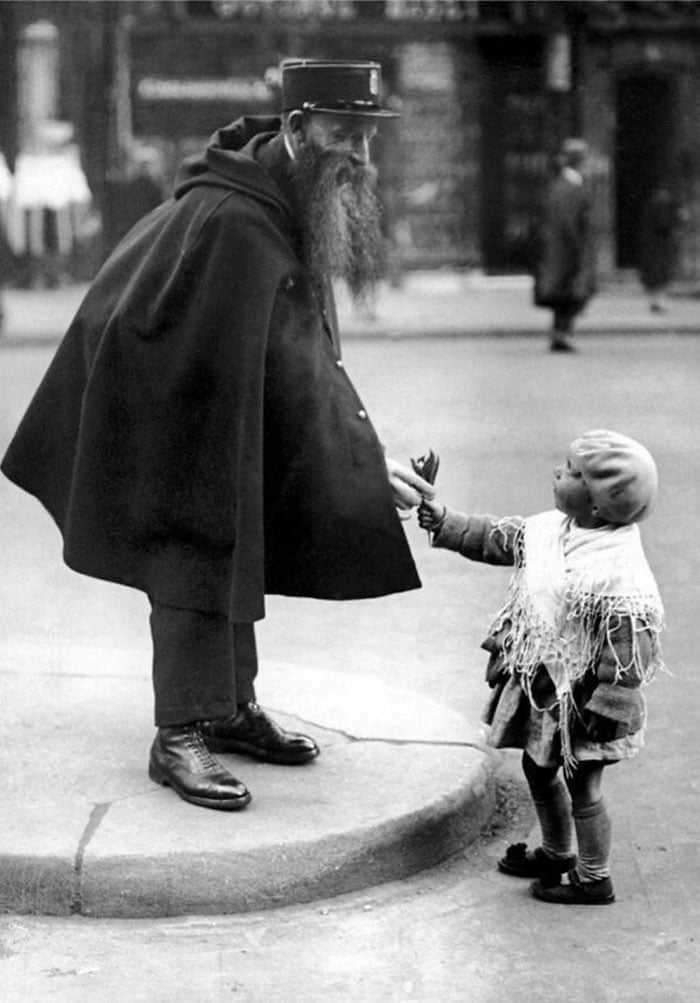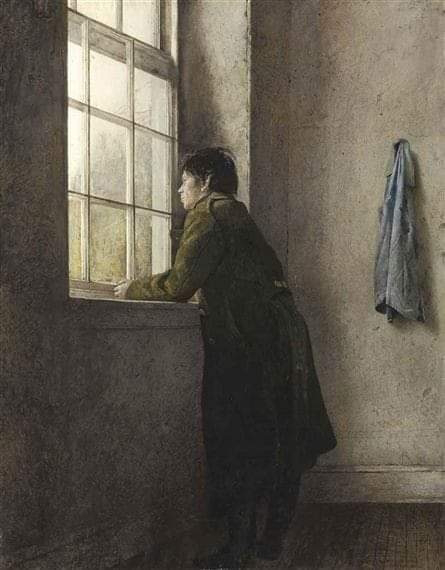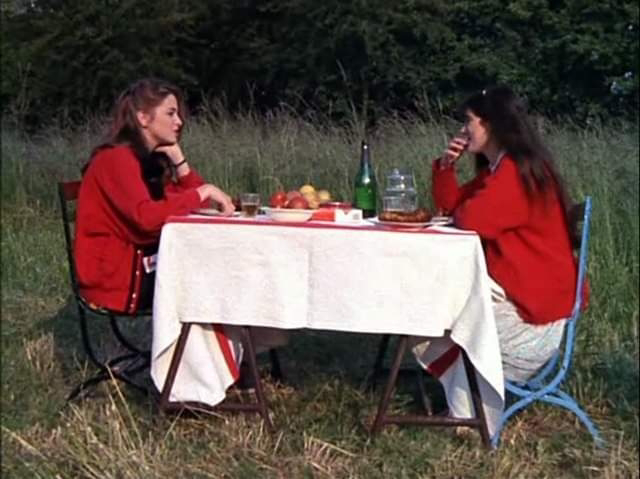"The Forgotten Life of a Warrior Queen"

Rani Durgawati, the subject of Nandini Sengupta's book "The Forgotten Life of a Warrior Queen", was a remarkable figure in Indian history. She ruled the tribal kingdom of Garha Mandla over 450 years ago and is celebrated for her bravery, strategic acumen, and compassionate leadership. Her life was set against the backdrop of medieval India, a period often marked by turbulent political strife and warfare. Despite these challenging circumstances, Rani Durgawati shone as a beacon of resilience and courage. She was not just a ruler; she was a survivor who valiantly stood up for her rights and those of her people. One of the most notable aspects of her reign was her military genius. Facing adversaries with larger armies and more artillery, she skillfully utilized the terrain to her advantage, exemplifying her strategic prowess. This ability to turn seemingly insurmountable odds in her favor highlighted her as a warrior of exceptional caliber. Beyond her military ac...































